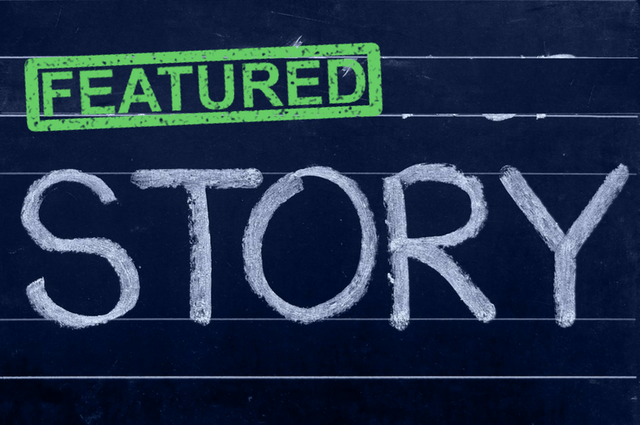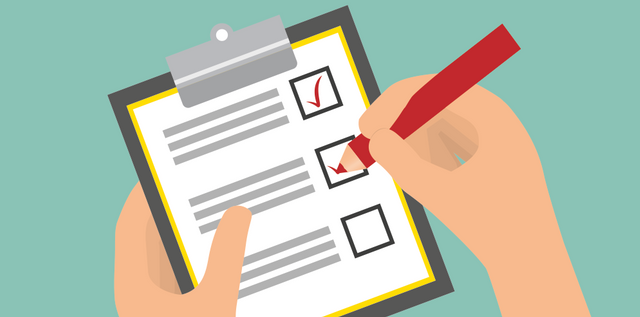The Basics of How to Write a Feature Story
A feature story is different from a hard news story in the sense that it focuses on the why behind the hard news. Feature stories allows journalists the opportunity to present the public with a longer and more indepth piece. A piece in which they can investigate and uncover information that is thought to be in the public's interest, or of interest to the public.
The different kinds of feature story includes investigative features, in-depth personality interview features, lifestyle features, essays and columns. Documentaries are the visual counterpart to a written feature.
What Goes Into Writing a Feature Story?
One word, research. A feature story is a longer, more indepth piece of researched writing. It can range from 1000 to 8000 words, potentially even longer. To write a high quality feature story a journalist will need to know the subject like the back of their hand.
The hard news story is about presenting the most immediate and current facts on an event. The feature is about delving into the why, this is because they do not just deal with events, but they deal with just about everything that you could think of. That kind of journalism involves a great more deal of work than simply gathering the facts.
As the feature is well researched the journalist commonly provides the reader with a variety of perspectives and quotes from a range of credible and properly attributed sources. Interviews are of utmost importance here. A journalist will regularly travel around attaining as many interviews as possible in order to gain a variety of perspectives on the topic.
Interviews can be tricky, The best way to approach an interview is casually, in the same manner you would talk to a friend. Let the interviewee lead the conversation. They may go off topic here and there, but the answers you get will be more genuine and honest than if you insist on sticking to a rigid set of questions.
Writing a Feature
Unlike the hard news story, which uses the structure of the inverted pyramid, the feature story does not adhere to any strict guidelines. As it is most like a traditional story the rules are that it has a beginning, a middle and an end. That's about it.
The story structure of the feature is more complex than that of hard news. In the final draft of a feature it should be difficult for the editor to edit the piece without the story losing its dramatic and narrative flow.
A strong theme is essential for a strong feature. This will give the piece a sense of direction and won't have you flapping around in your hundreds of pages of notes wondering what you should use.
Feature stories allow for a greater level of creativity than the hard news story. This doesn't mean you get a creative license with facts. All feature stories should be factual, with most being well-balanced and fair. In saying that, the feature allows for a journalist to inject some of their own personality into the piece. They can even inject their own opinion. Be creative, write with flair, but stay on theme.
As a feature is most like a traditional story, it needs to retain the readers interest from start to finish. If you have large chunks of solid writing, try to injet it with quotes, as they alleviate the density. You should have plenty to chose from after conducting all of those interviews in your research phase
Feature Writing Checklist
You may find the below checklist useful.
- I have done as much research as possible before I start writing.
- I have used as many sources of information as possible
- I have taken extensive notes
- I have sorted the information I have gathered into themes and decided on which is the strongest to lead my story.
- I have carefully and correctly attributed all the information and quotes.
- I have only used direct quotes when they substantially contribute to the story.
Sources
Mencher, M. News Reporting and Writing
Mollenhoff, C. Investigative Reporting


